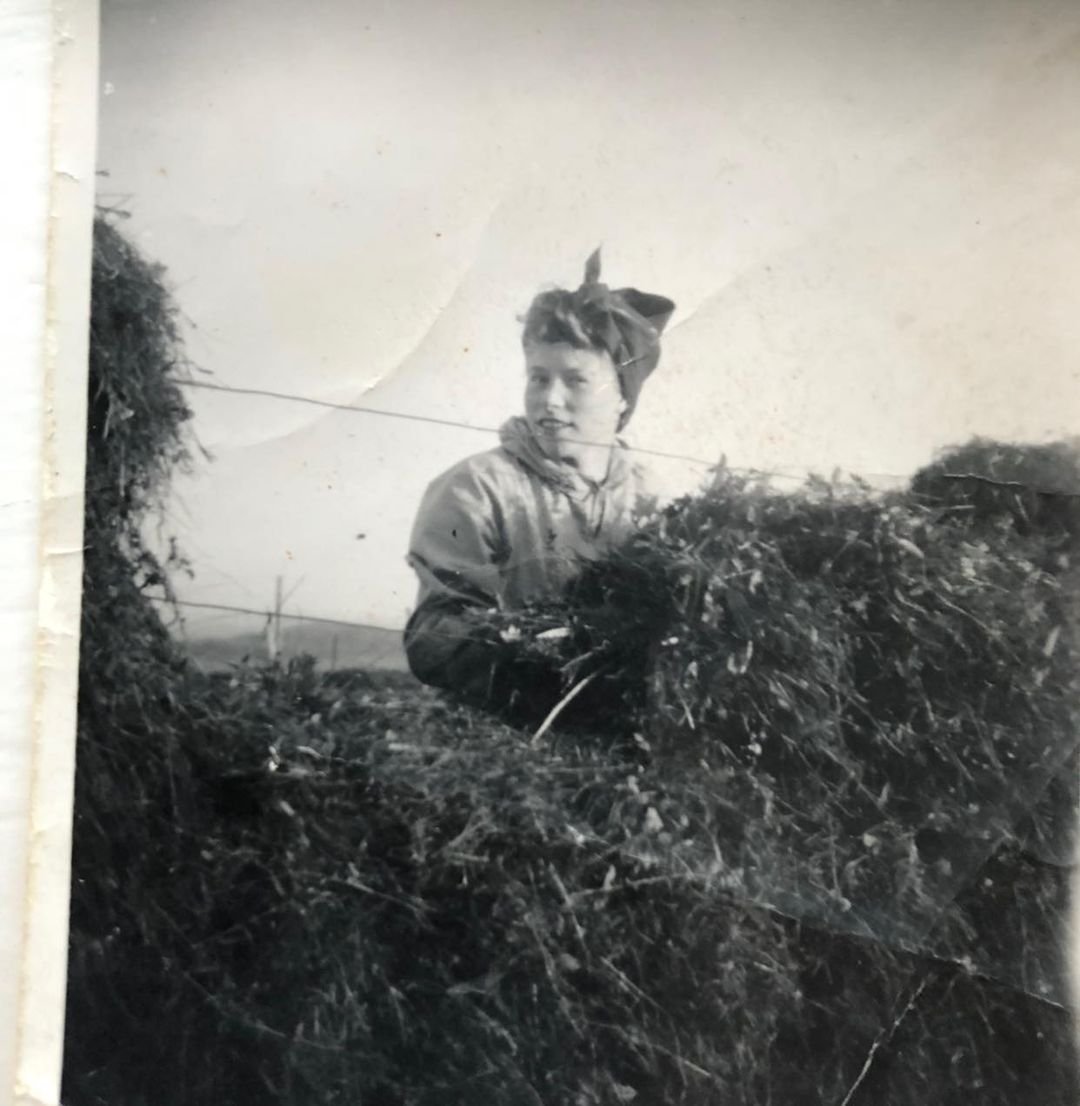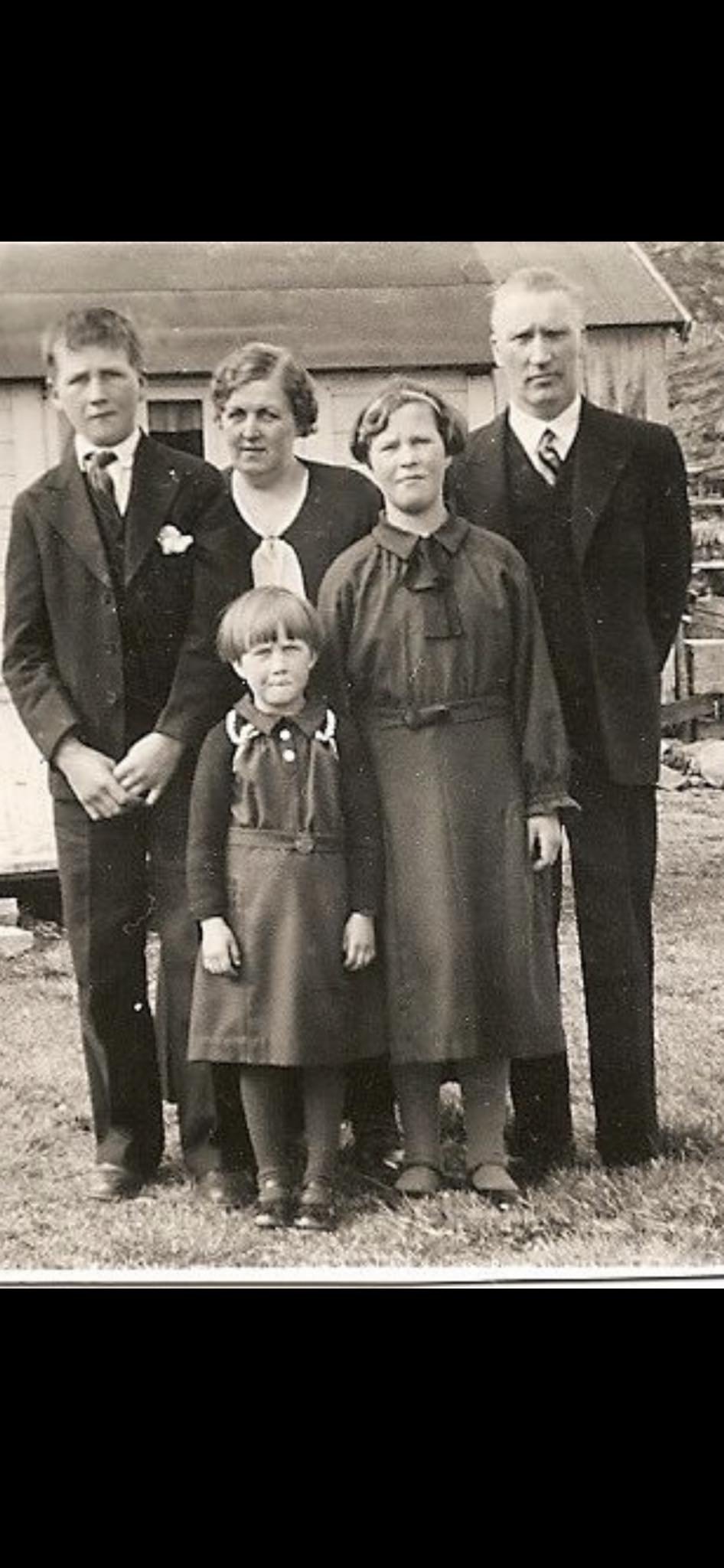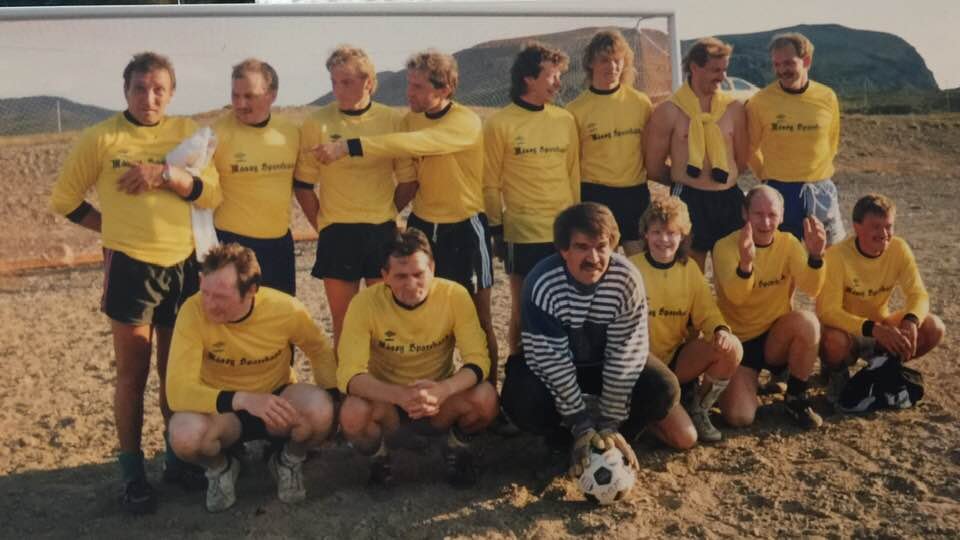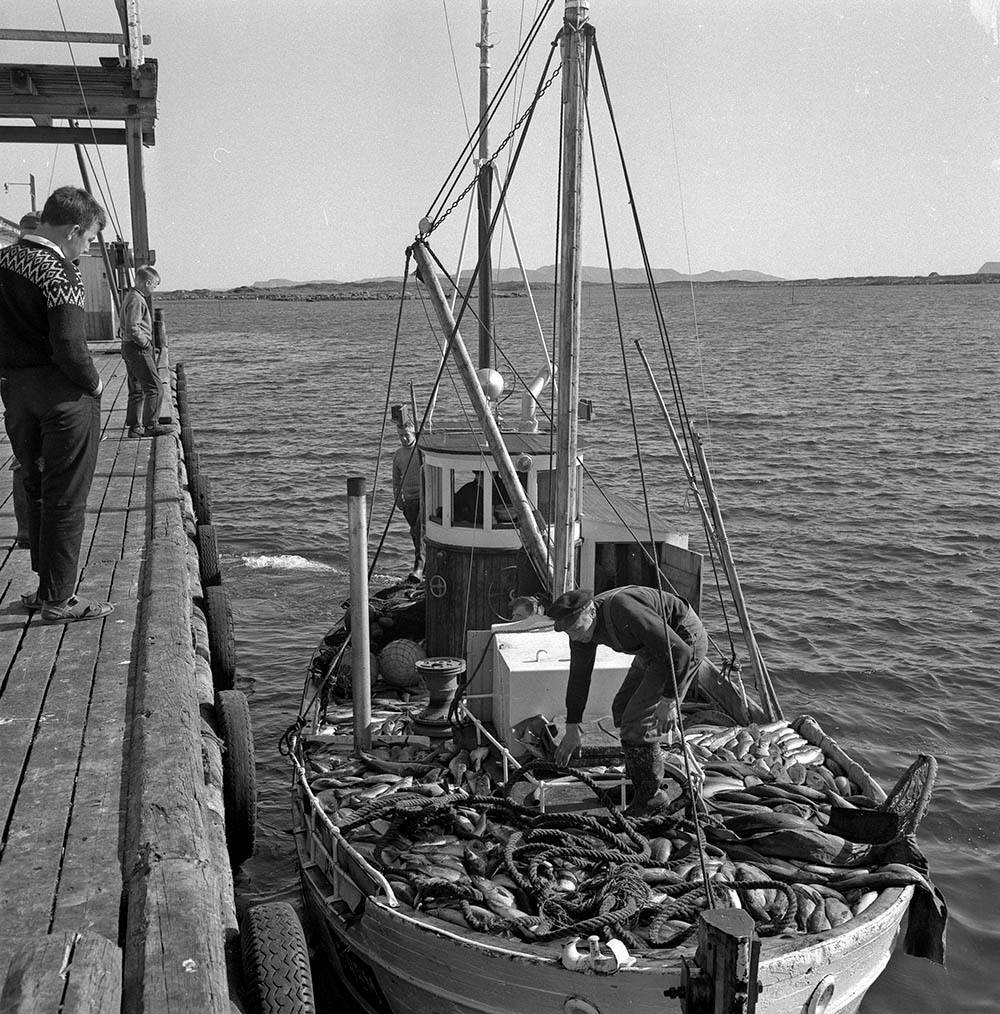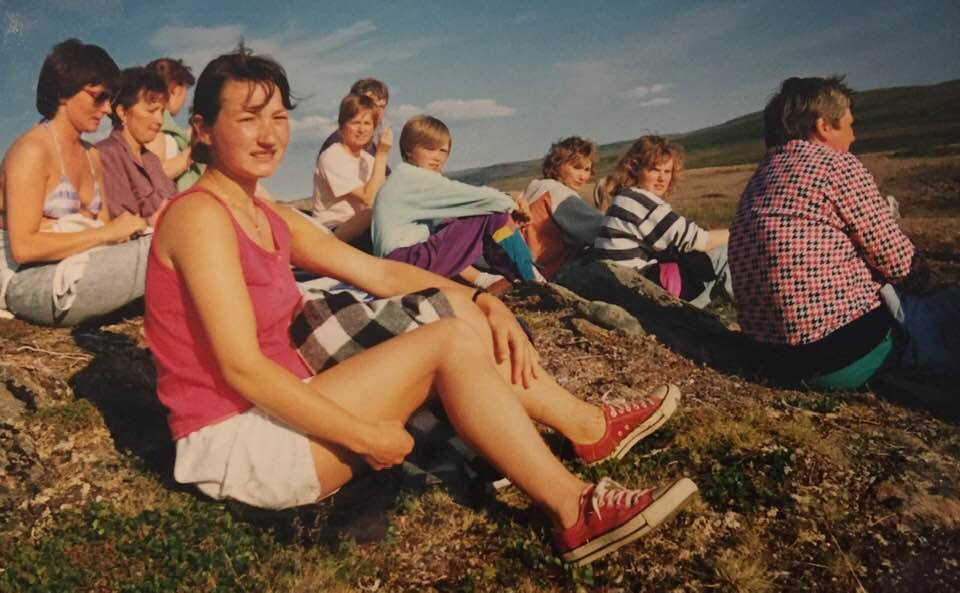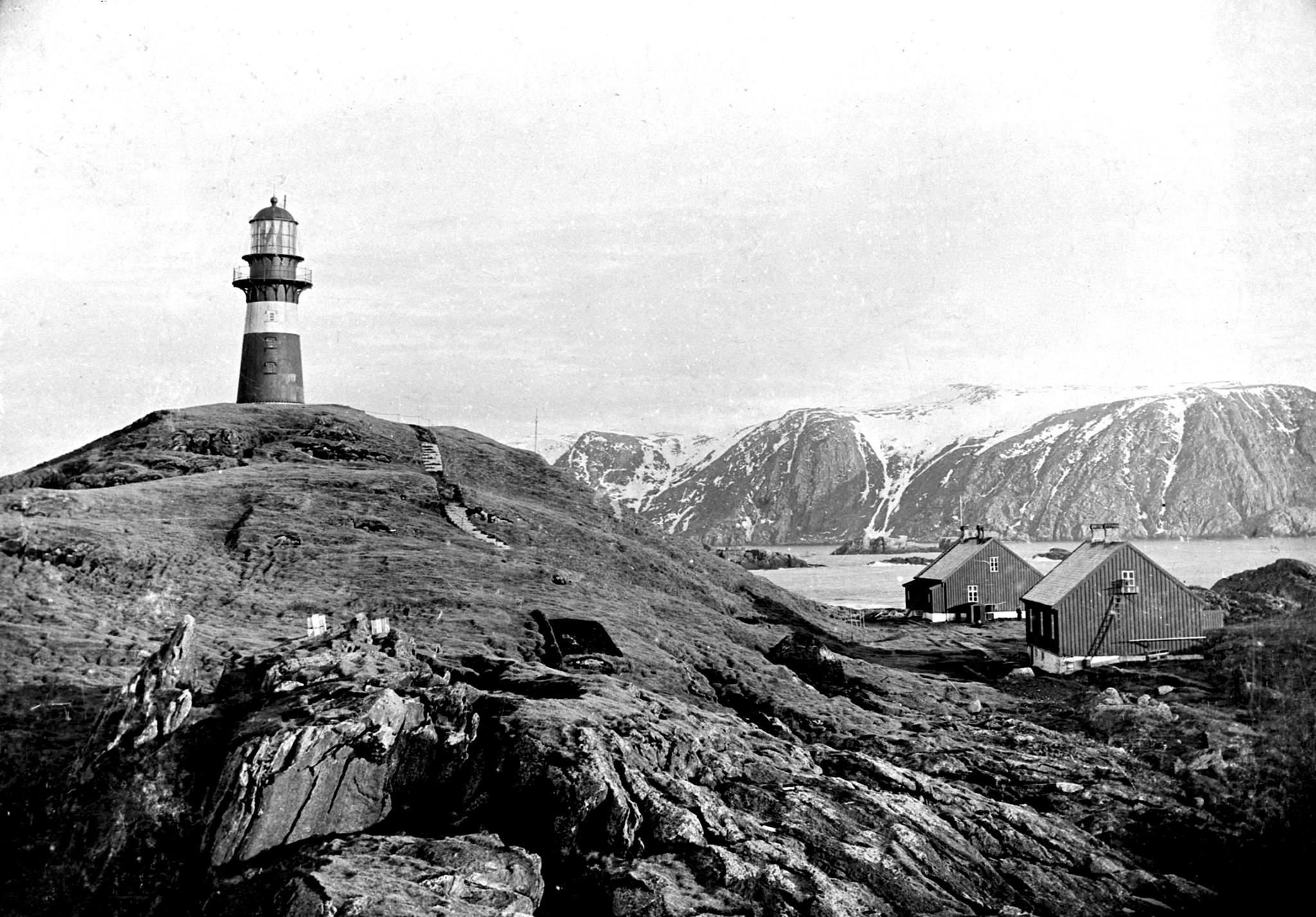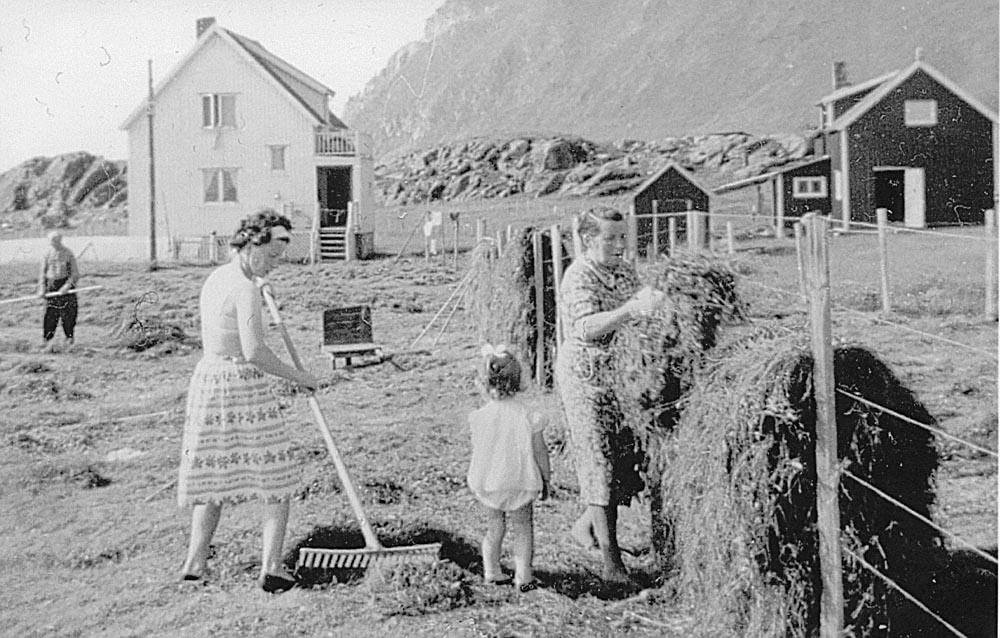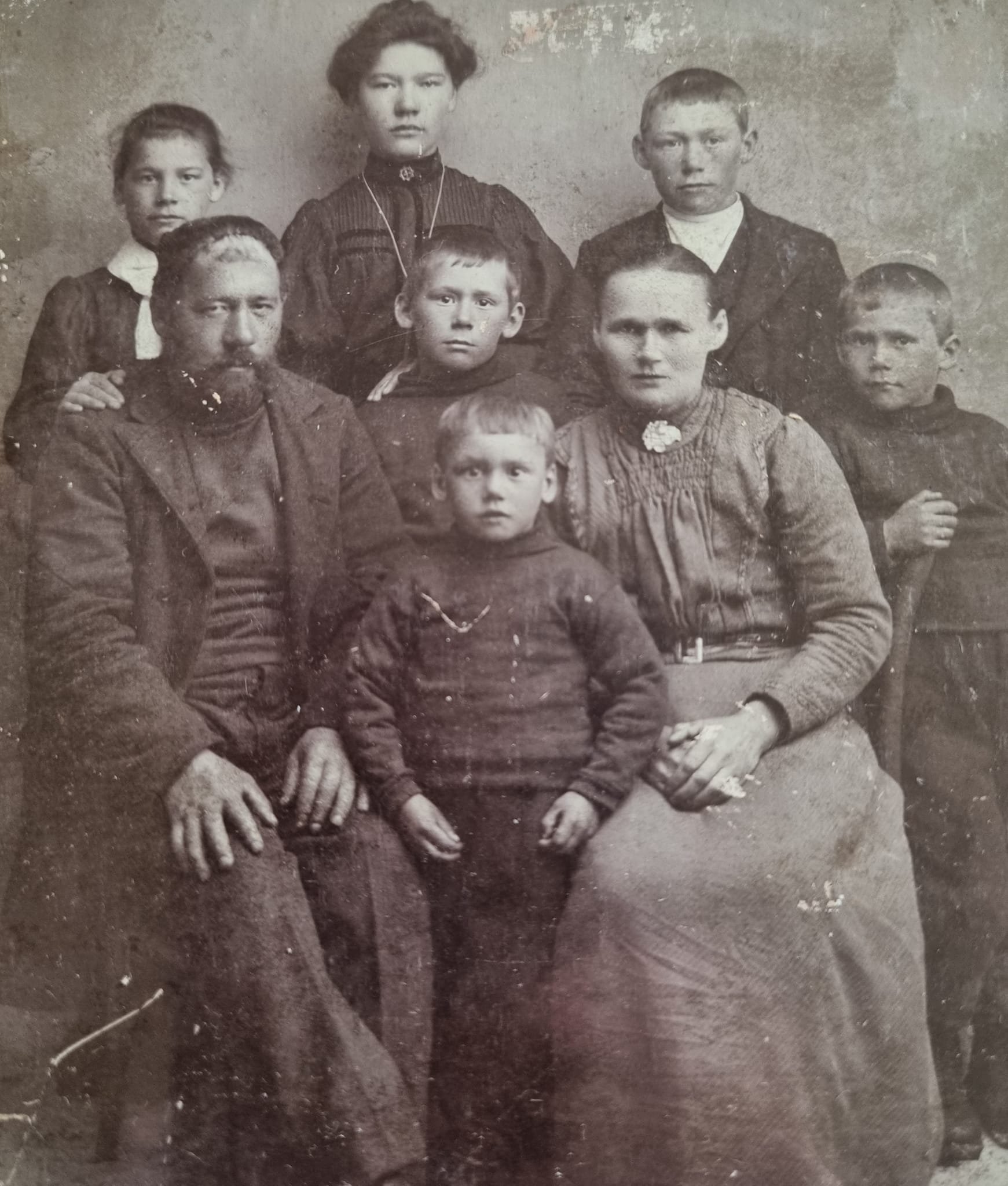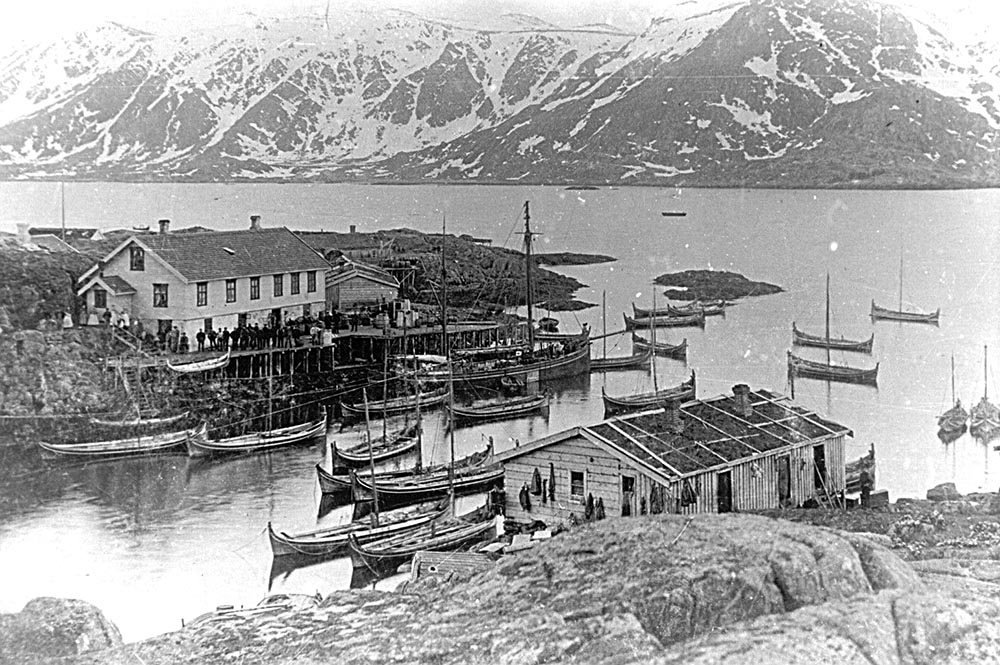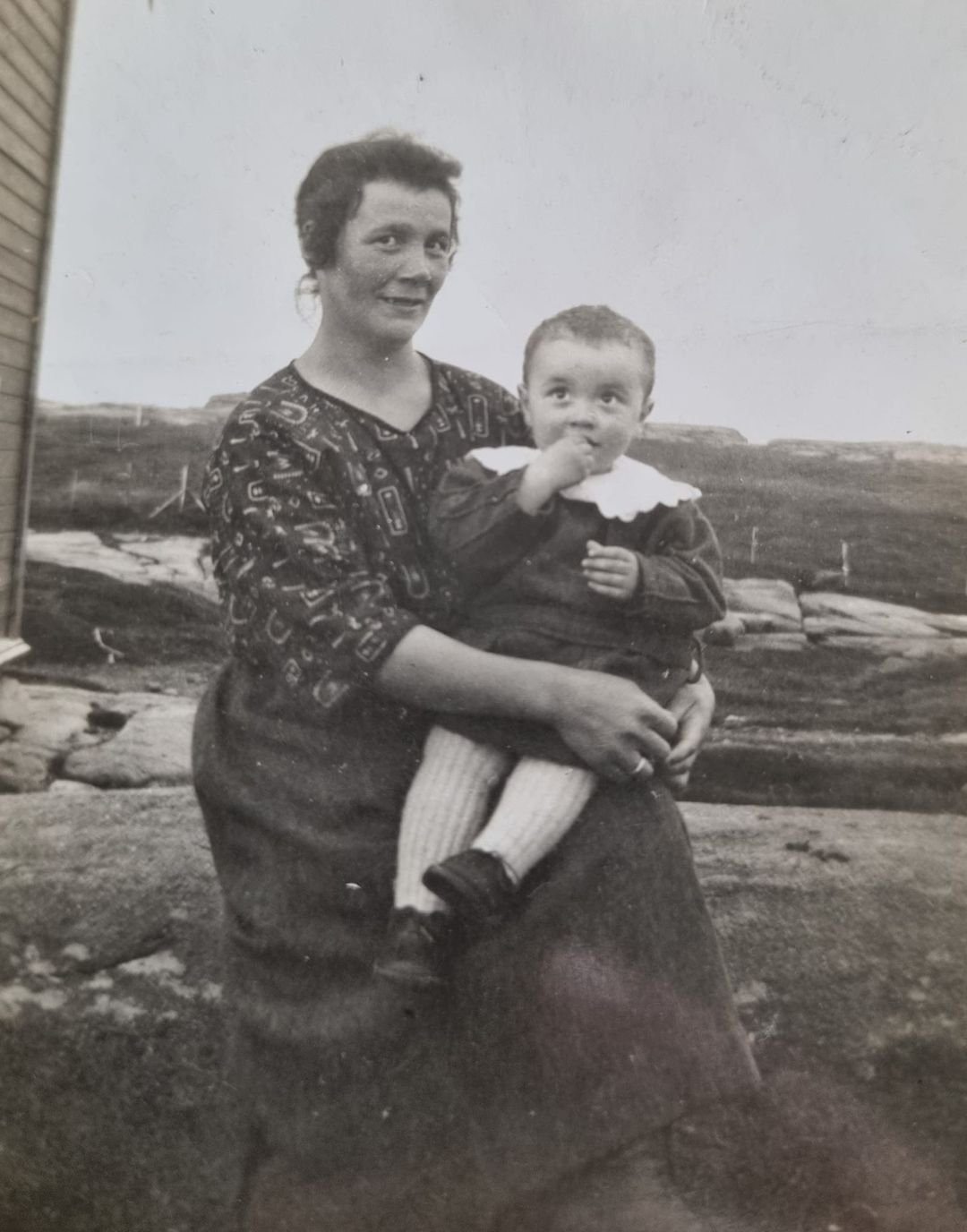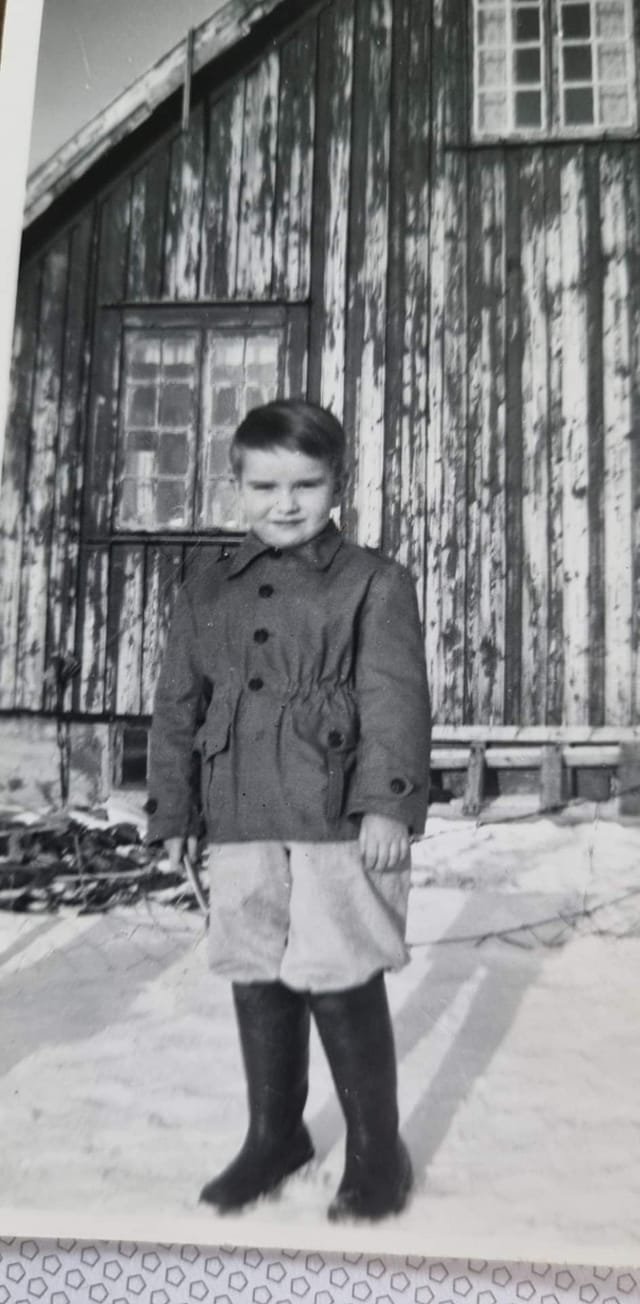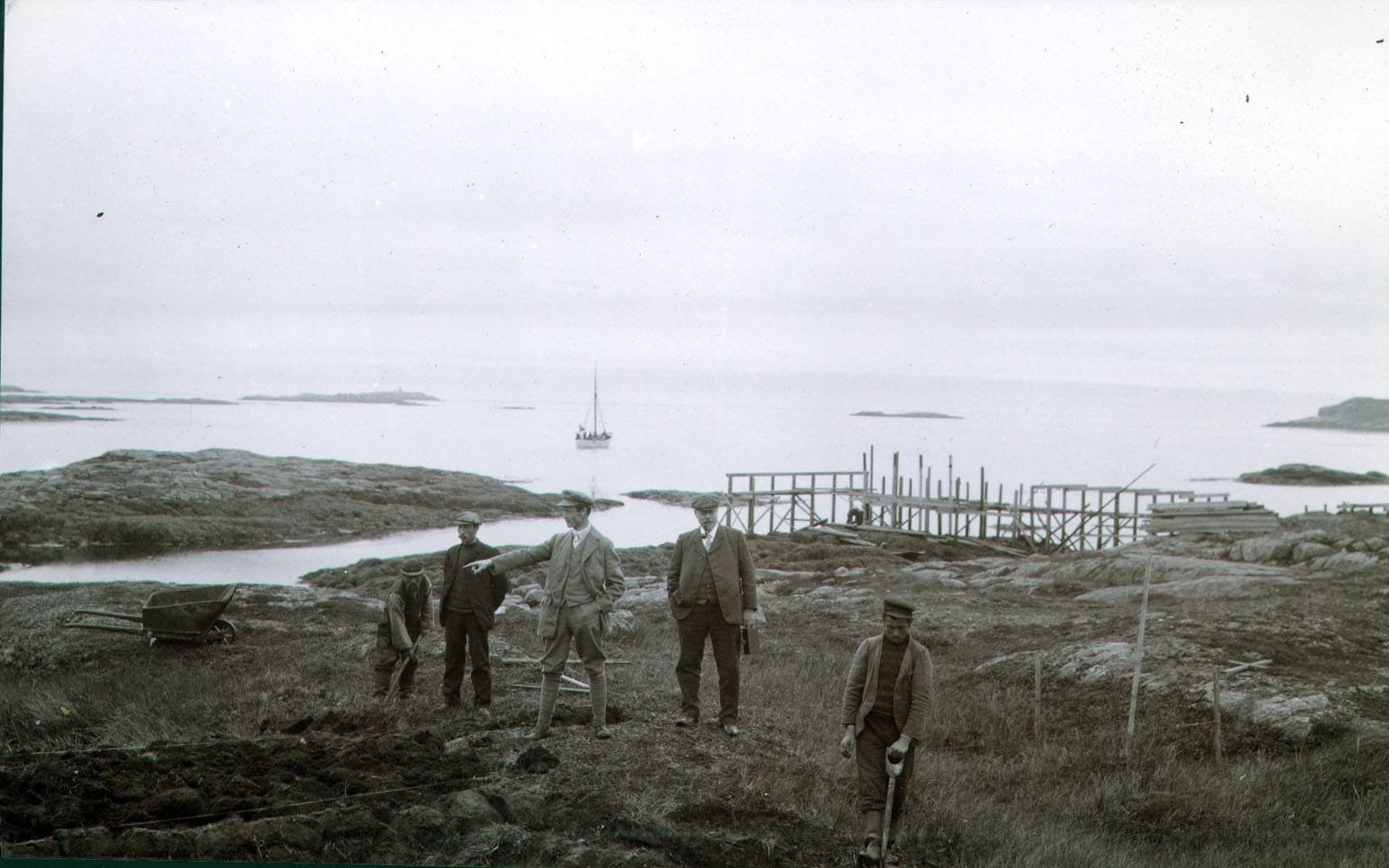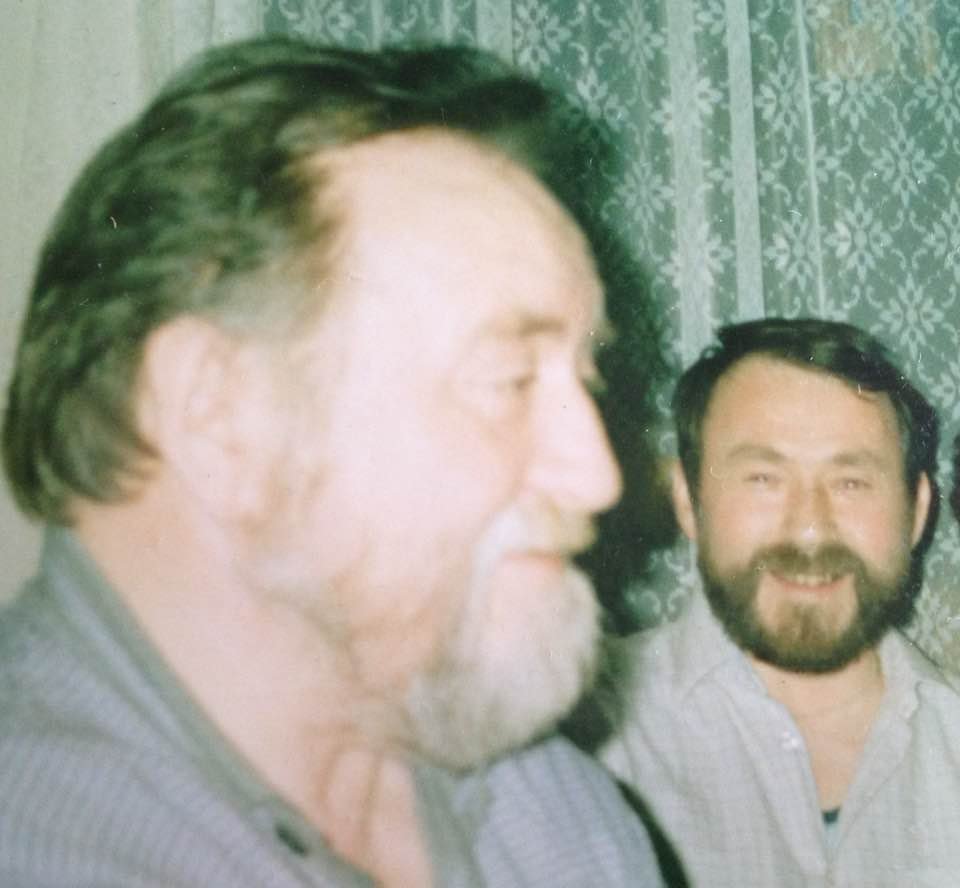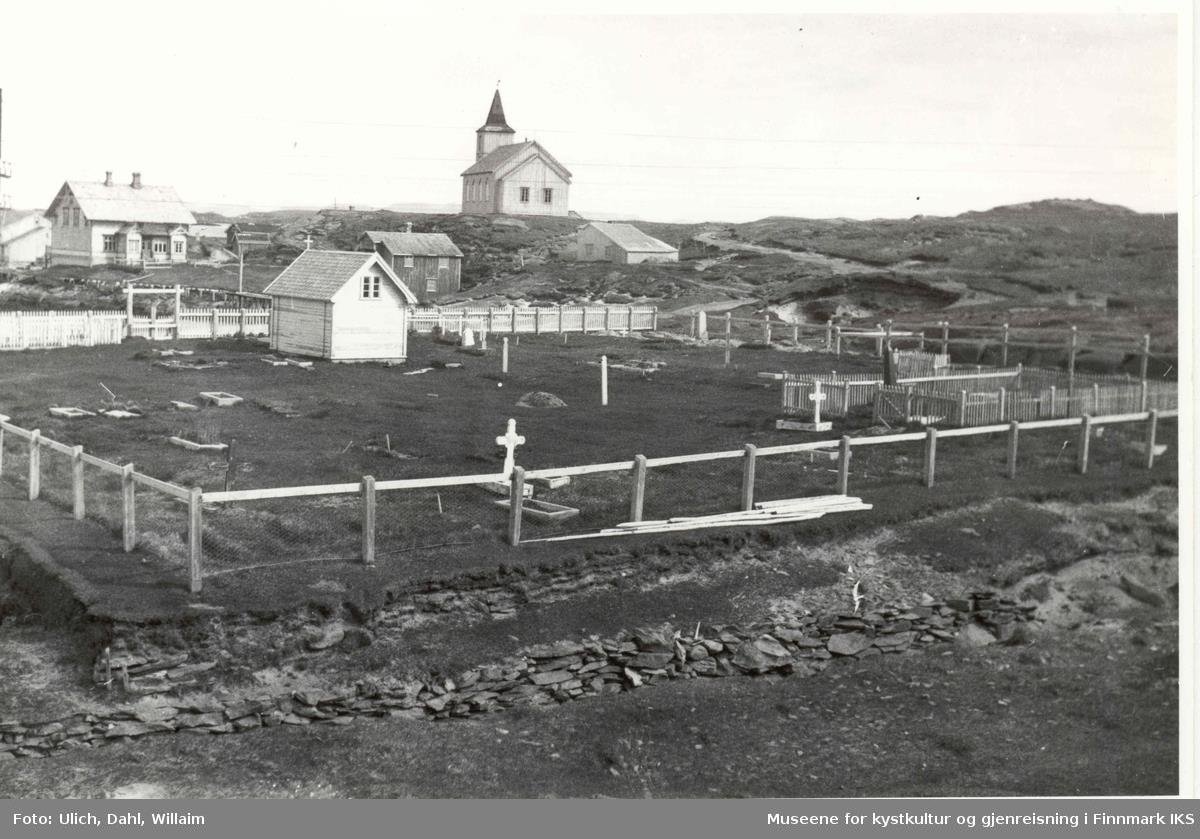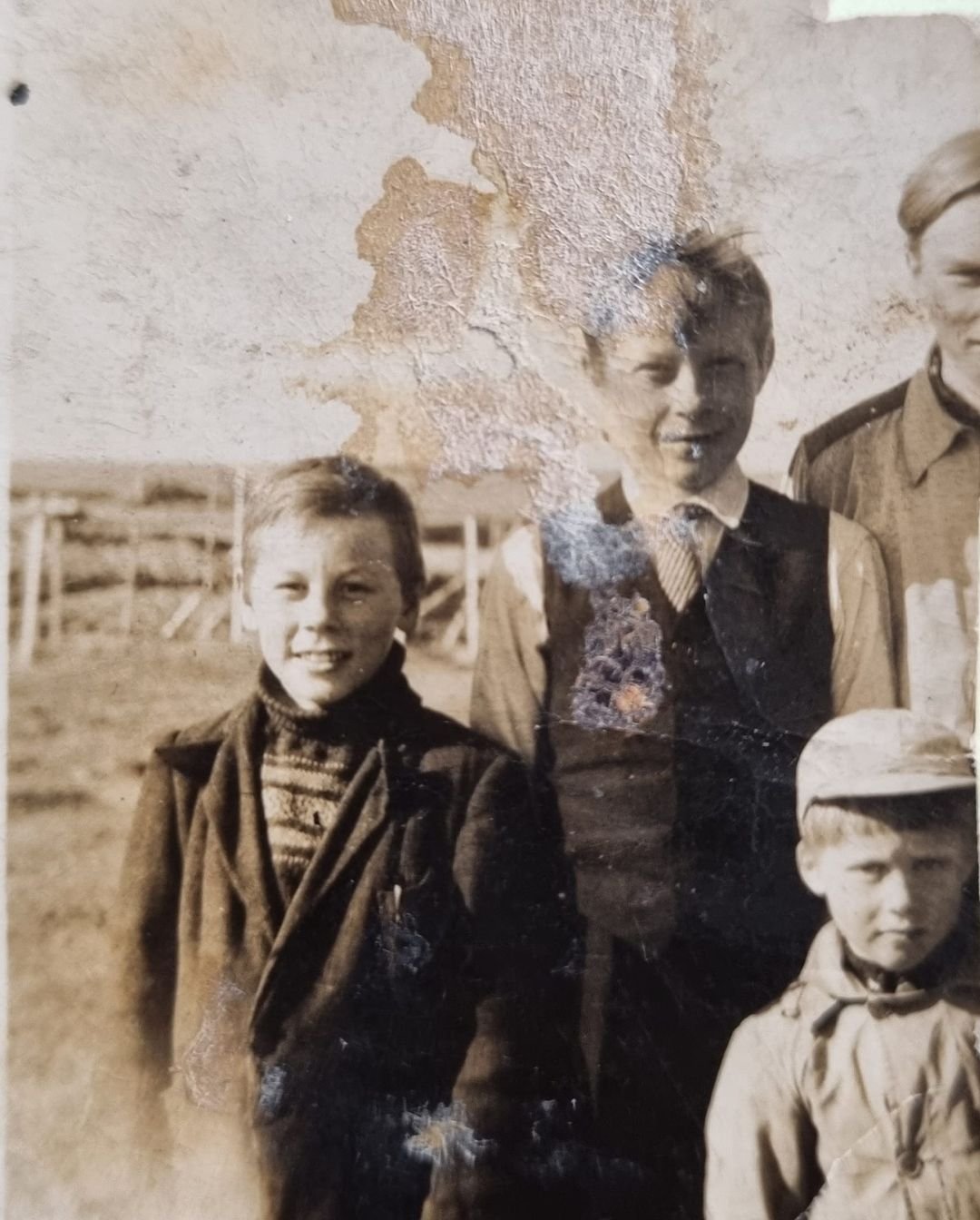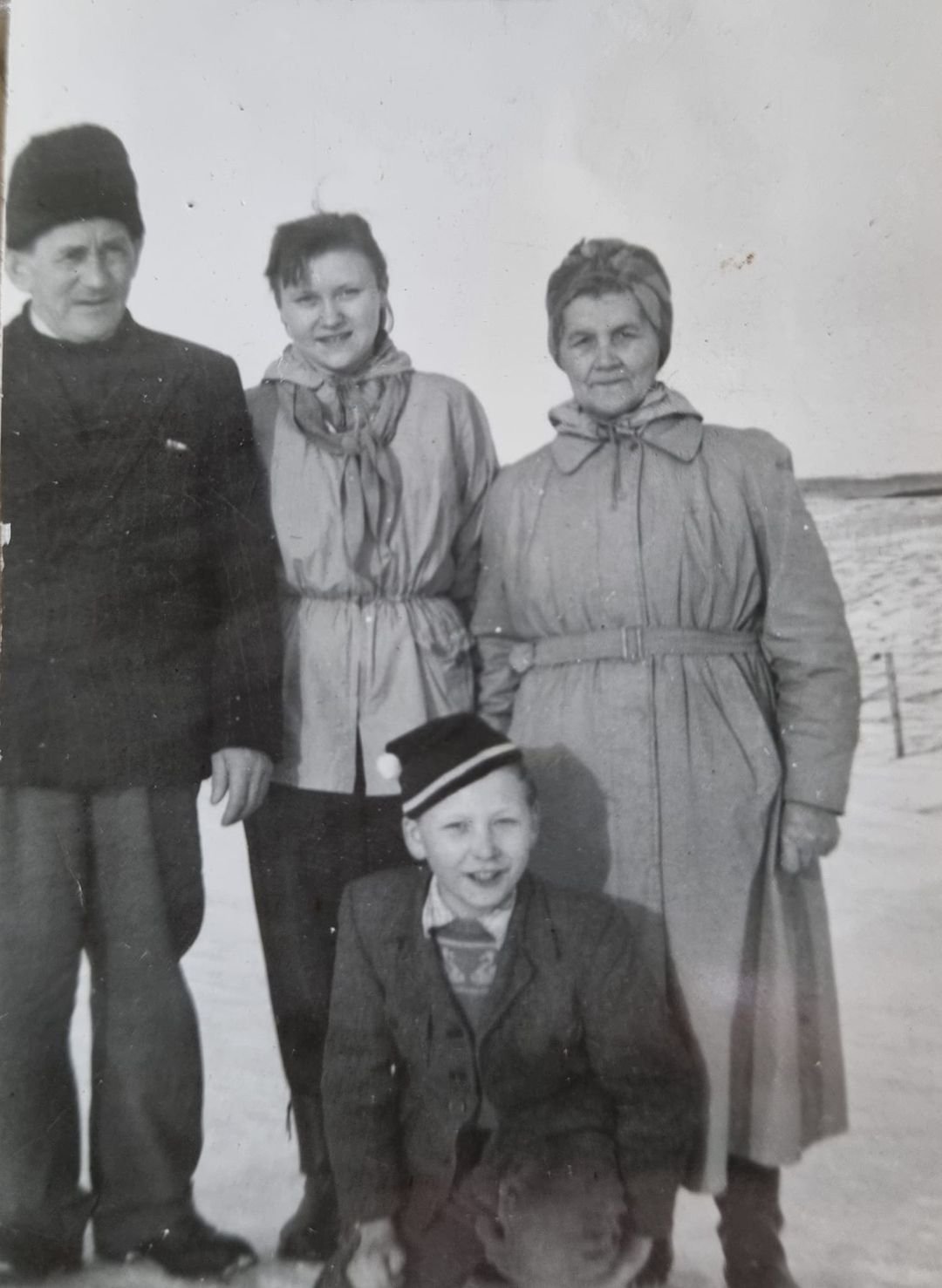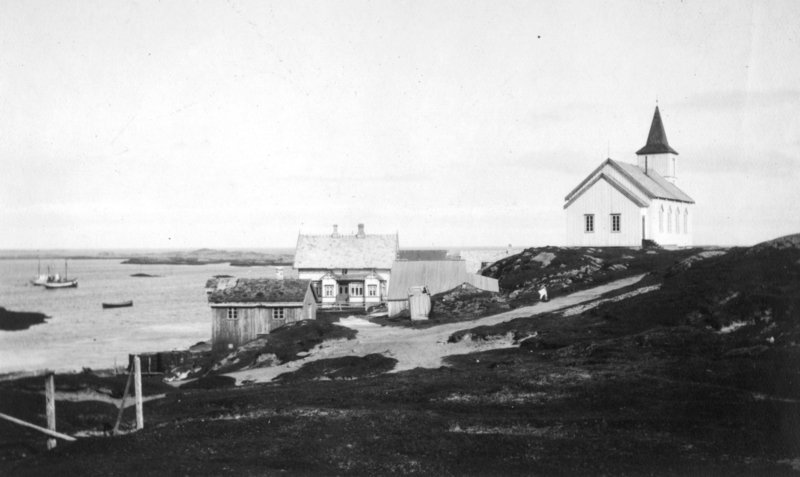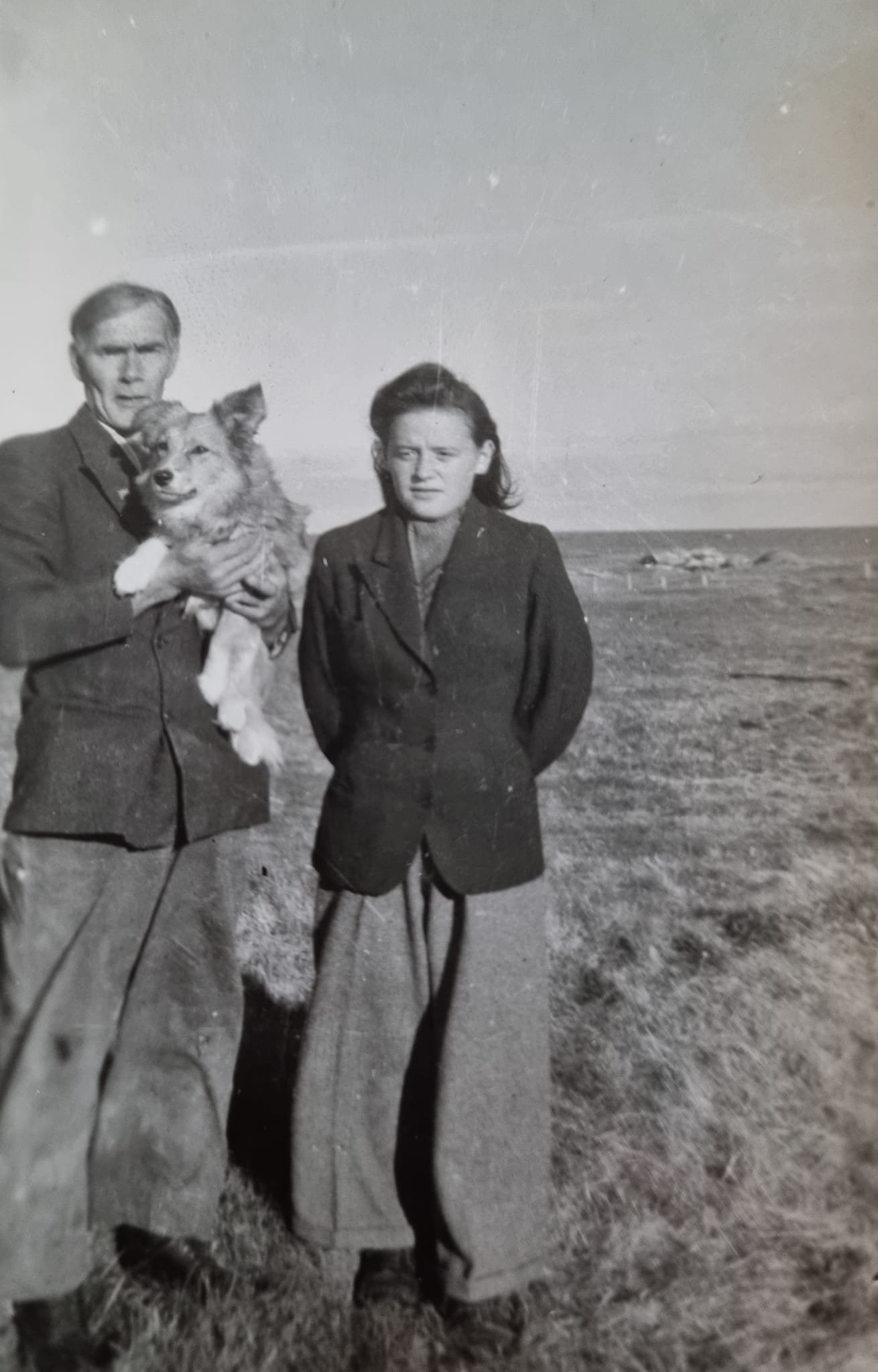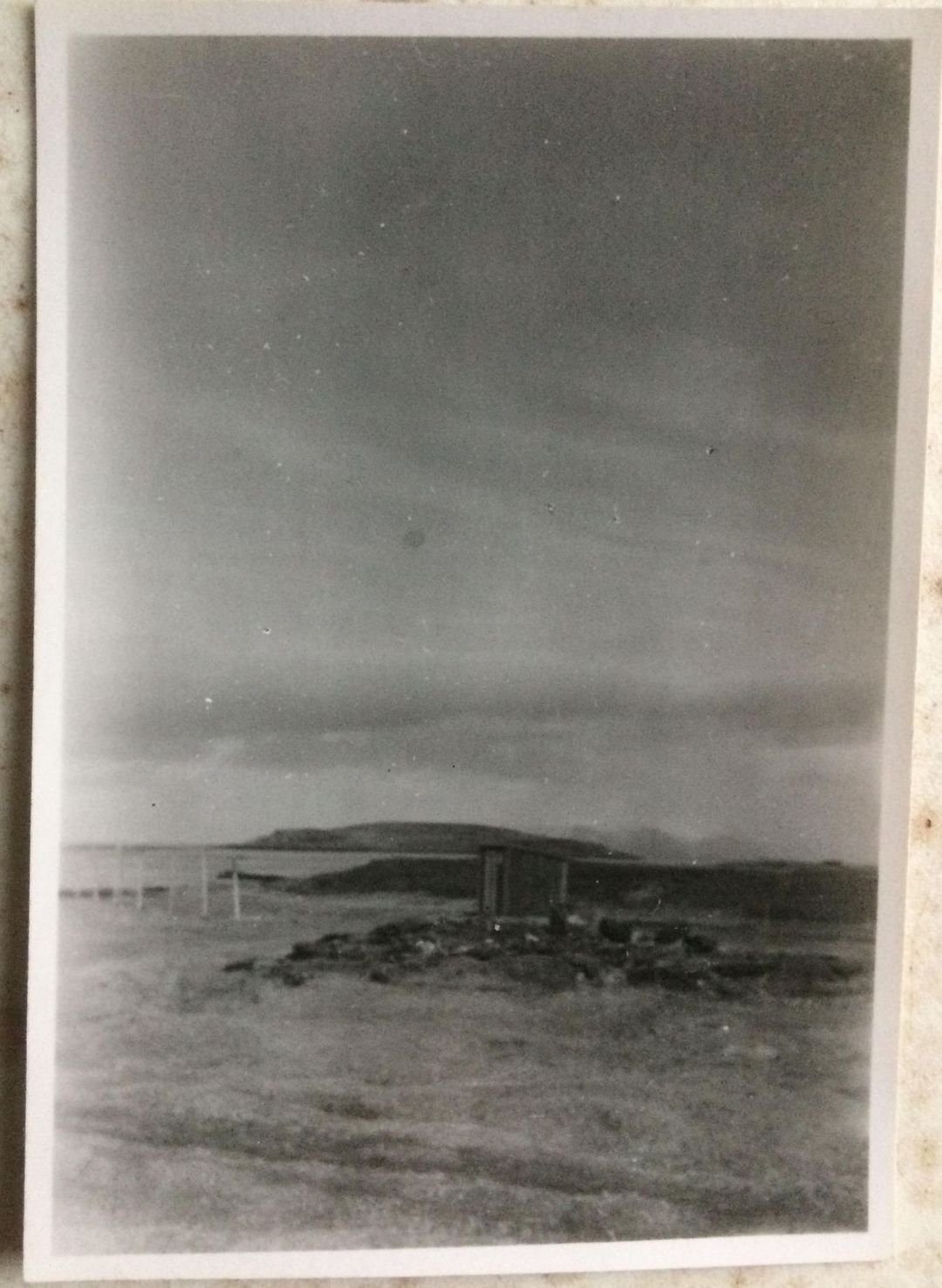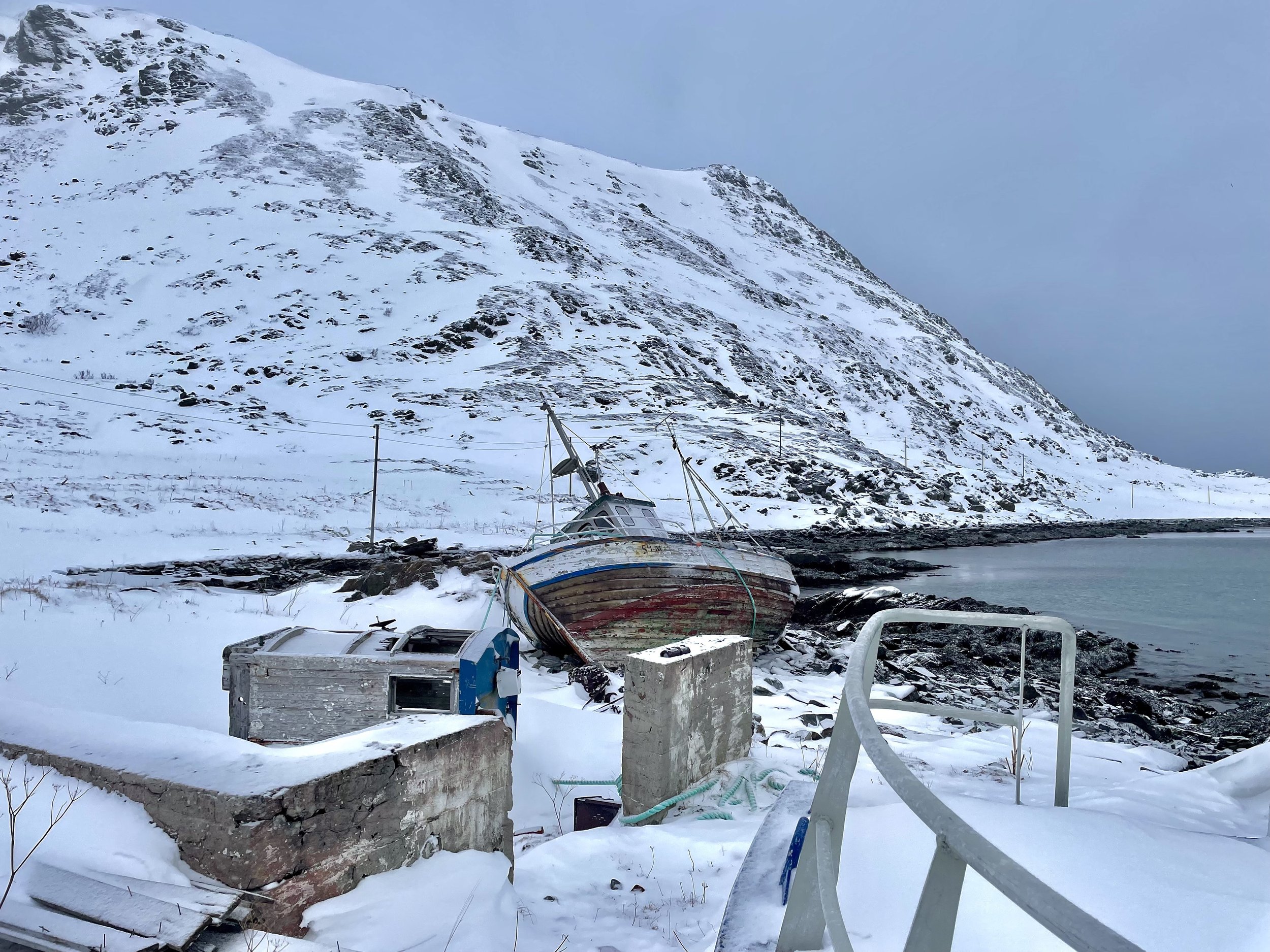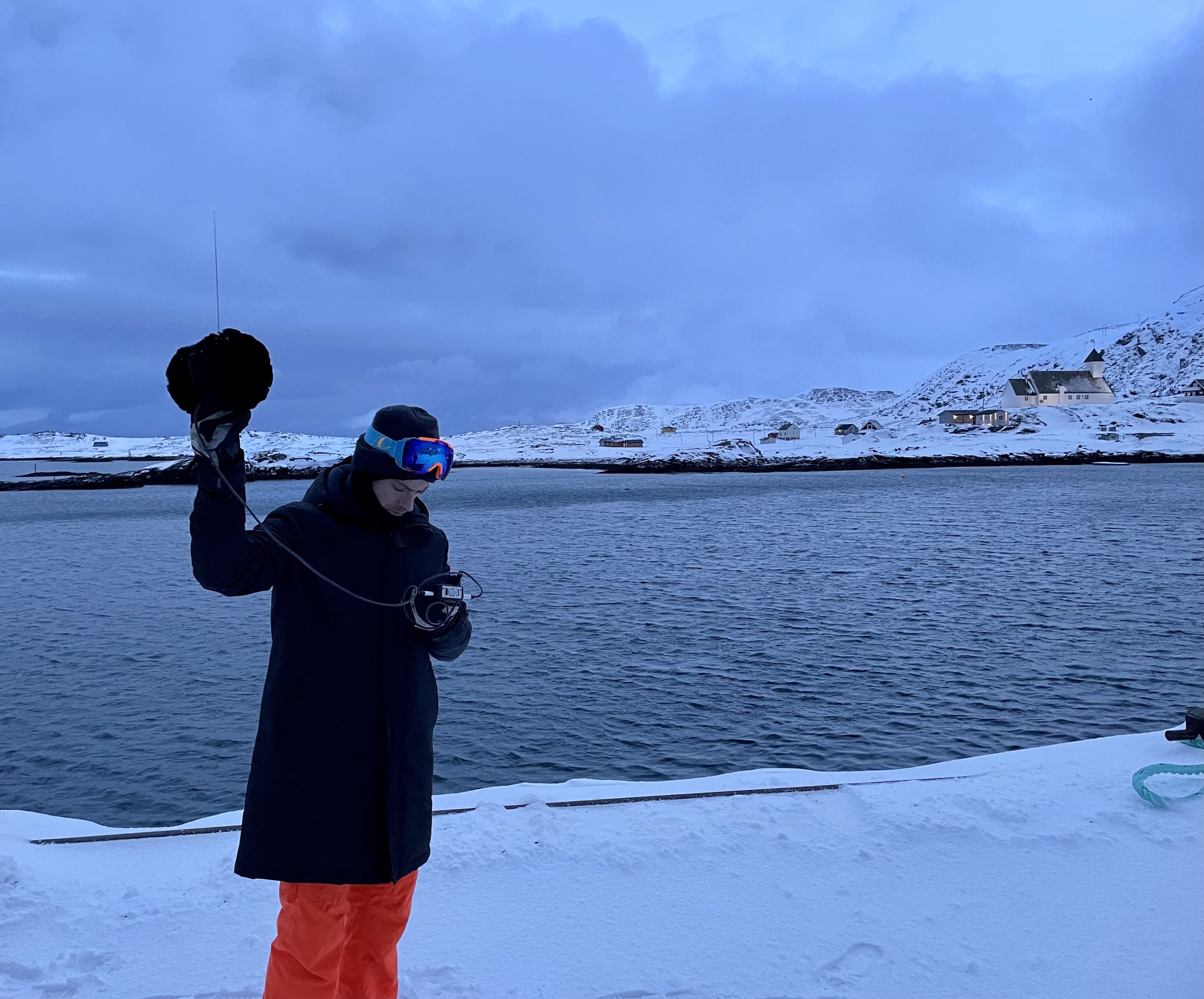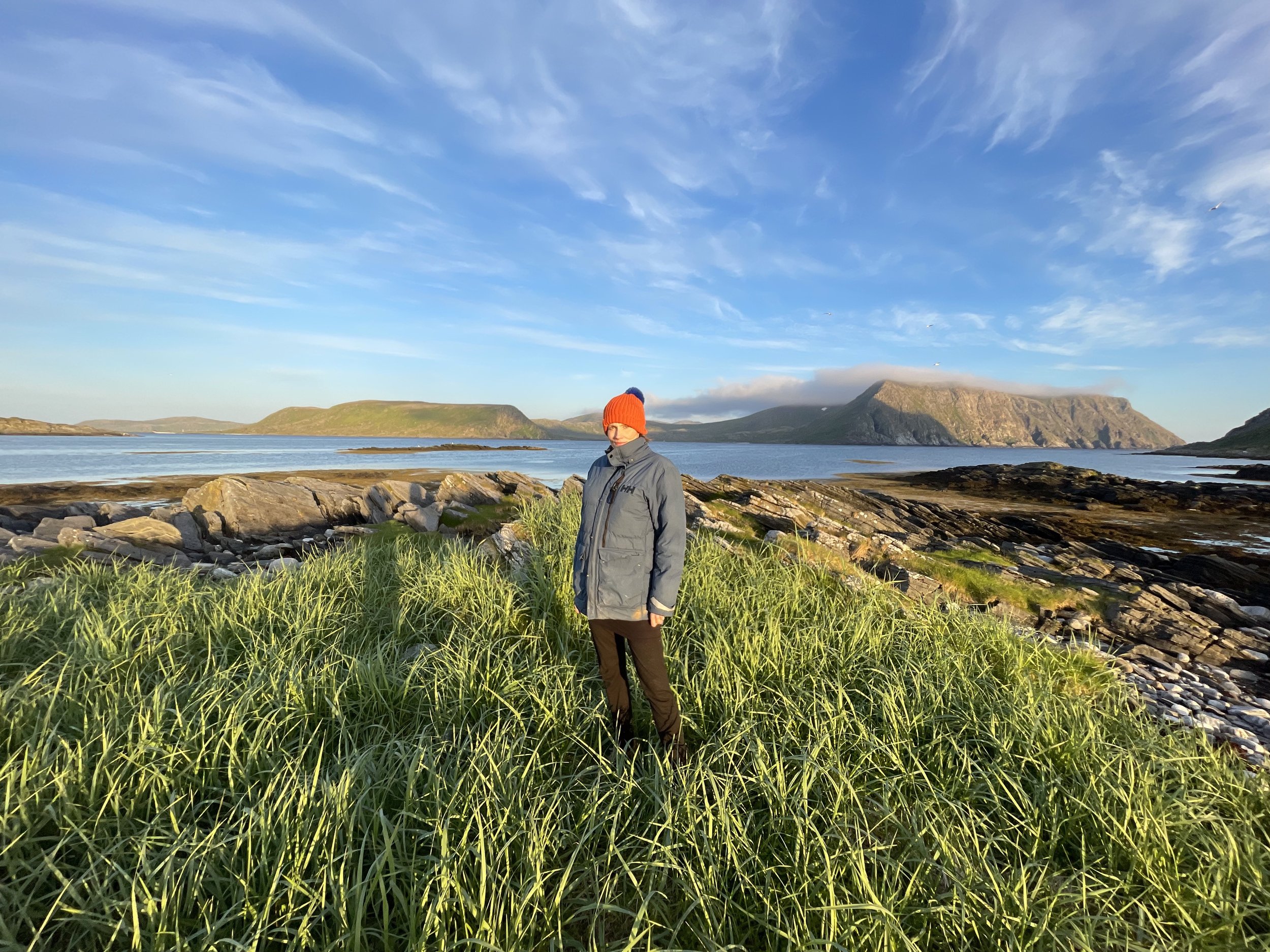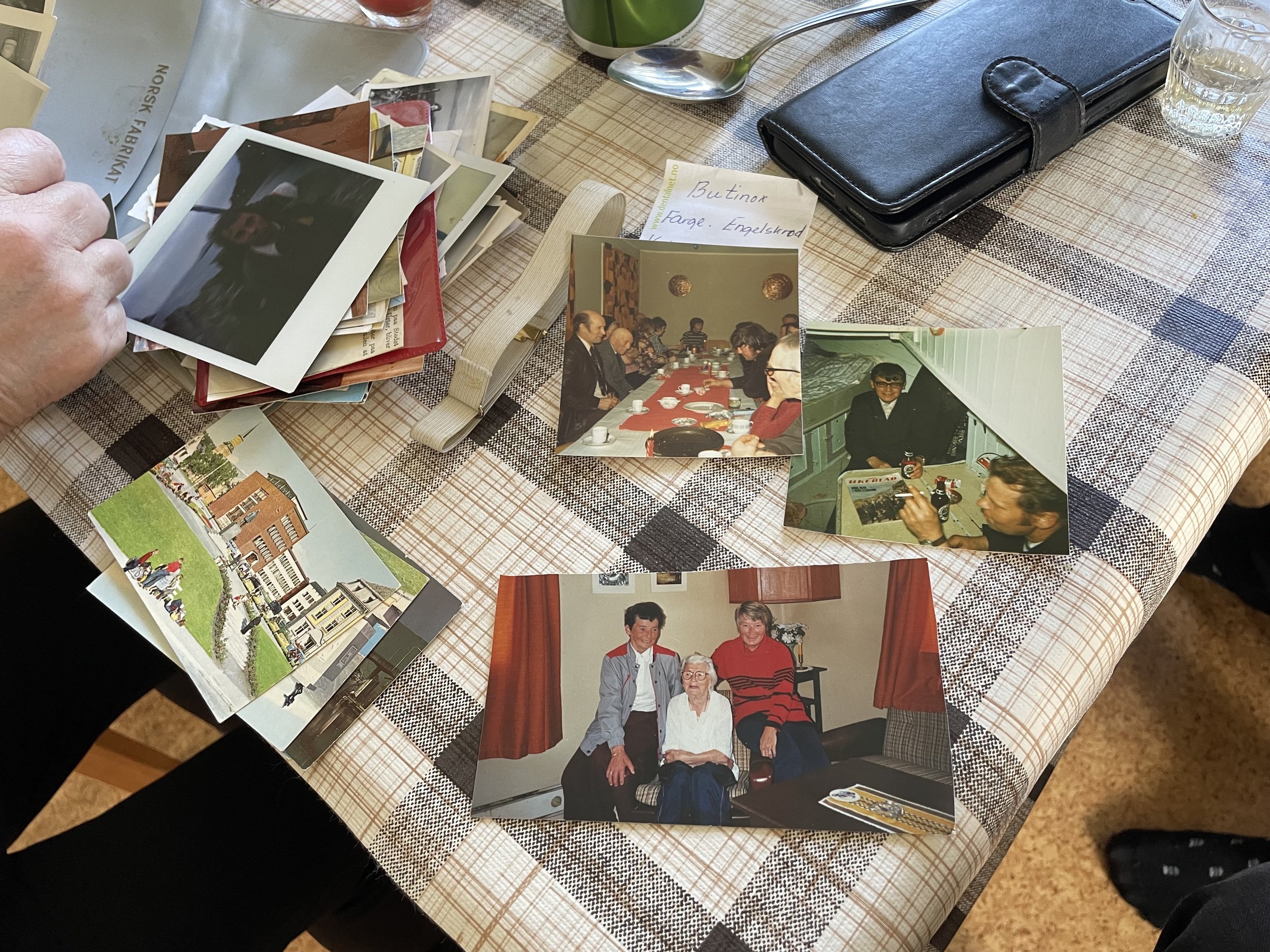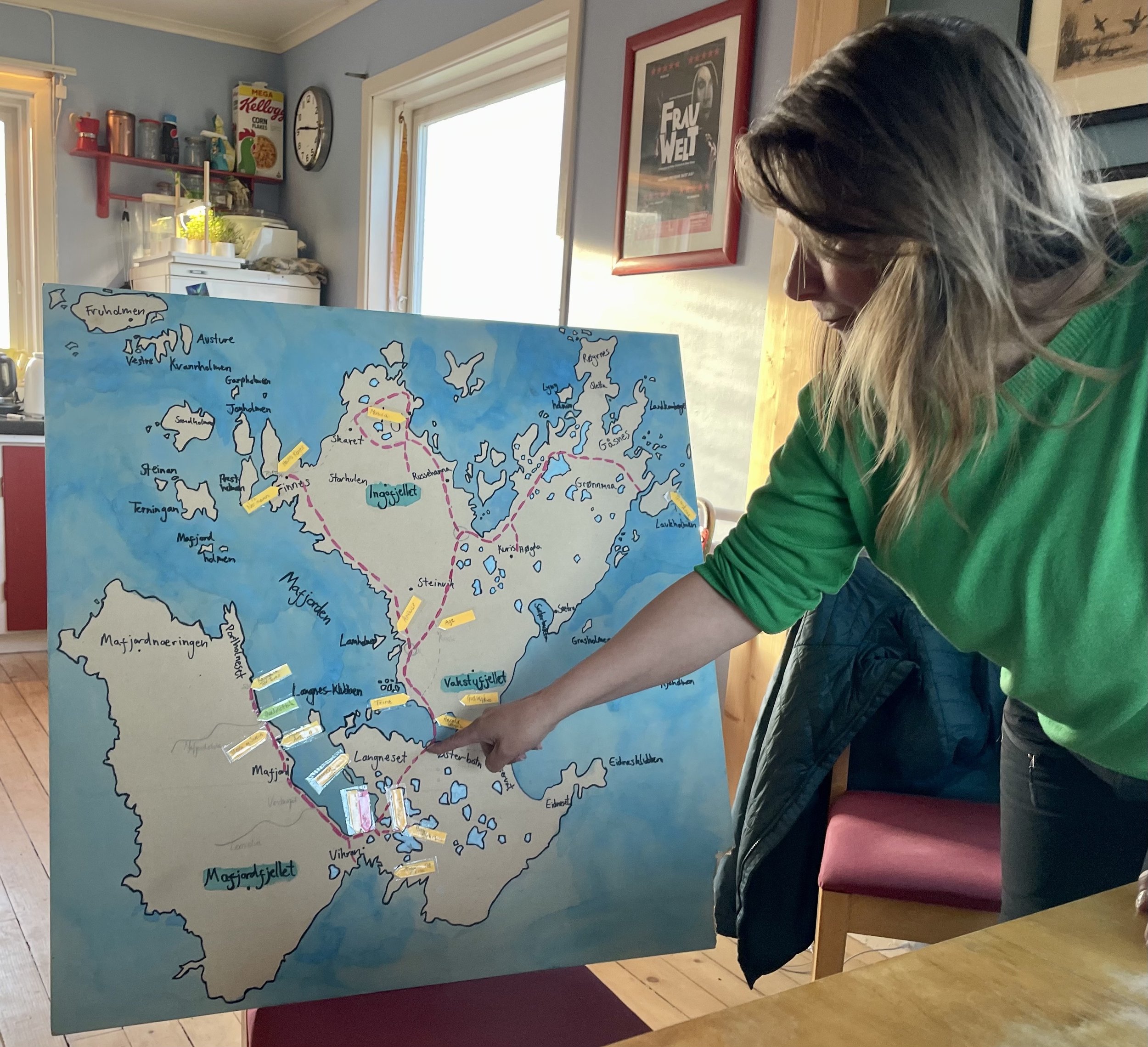
The Island Is Dead / ØYA ER DØD
Celebrated author Hjalmar Hansen returns home to the Arctic island of Ingøy, the crucible of his writing and the inspiration for his novels that have made him a household name. Driven away by the death of his sister over 40 years ago, Hjalmar is now brought face-to-face with the ghosts of his past, and his stories from an island that continues to haunt him.
As Hjalmar journeys across Ingøy, memories and stories come rushing back. His past and that of the island itself begin to materialise around him. Transported back, he feels a hand slip into his. Next to him, as though in a dream, stands his beloved ten-year old sister Åse. Today, they will walk across the island together, one last time
From ancient pagan rituals, witch trials and the Napoleonic wars, to Nazis occupation, forced evacuation and all manner of tales from lives lived at the extremes of 71° north, Hjalamr discovers that it is the stories themselves that have the power to bring the island back from the dead, if only he can find the courage to let Åse go.
Put on your geolocated headset, step into the shoes of Hjalmar Hansen and walk across Ingøy on a unique journey that brings not just his, but all of our pasts colliding with the present. Fusing narrative drama, performance, music, sound and landscape, the audience take centre stage in this first-of-its-kind open-world sound theatre.
Created from stories collected from the islanders themselves and the astonishing history of Ingøy, Øya er død is the symbiosis of technology and art that, together, harness the audience's imagination, transporting them on a physical and poetic journey where the past collides with the present to bring a young girl (and the island) back from the dead.
The full story of Øya er død takes three hours to experience through our unique geolocated headsets. Starting in the small fishing village of Inga and walking a 7 km (approx) circular route across the spectacular Arctic landscape, the audience follow the island’s road, arriving at crossroads where they must choose which path to take and what part of the story to follow. Inhabiting the mind of Hjalmar Hansen, they interact with a cast of island characters, experience his thoughts, encounter his memories and remember long-forgotten stories - all brought to life by eight of Norway's finest actors, and scored by new music, soundscapes and songs.
Created from over 38 hours of collected recorded interviews with the inhabitance of Ingøy past and present, local historians, archivists and academics - these real-life stories from the island's past have inspired this thrilling new fictional story.
Is the island dead, or is it alive with stories?
Research & Development Project (Winter 2023)
Research & Development Project (Summer 2023)
GEOLOCATED SOUND THEATRE
Through our newly created process of combining technology, writing and performance we are able, for the first time, to place individual members of the audience as the main protagonist in a piece of site-specific sound theatre. In this case, the character of Hjalmar Hansen. Using geolocated headsets, the audience are immersed in an open-world arena, much like an open-world video game, only one where you are physically there and your imagination conjures the visual aspects of what you are hearing. Available in either Norwegian or English, the entire island is programmed and designed, turning it into an interactive and immersive theatre experience, where you are able to freely walk around the island, make your own choices, and sonically interact with the environment and characters.
THE PAST & PRESENT
When all these elements of our sonic dramaturgy come together, the physical environment becomes sonically responsive and the entire island is transformed into a theatre stage, made visual through the imaginative lens of the audience as they experience our 1970s sonic world overlaid on top of the real world they are walking through. Consequently, parallel realities, in this case, the past and the present exist at the same time for the audience. Experiencing this duality sits at the core of Øya er død.
Our fictional story has been created from real-life stories collected from interviews with members of the community and historical experts. Rooting the story in actual events from the island's past and the fascinating history of coastal Finnmark, dramatised and retold at the exact locations where they took place, serves to firmly embed the connection between the past and present for the audience.
The paradox of experiencing this duality in the present, through the overlaid transparency of 1970s Ingøy, induces in the audience a sense of antithesis, comparison and reflection. It provokes questions around change. And right now, Ingøy, the Arctic and high northern communities are undergoing seismic change.
Neglected, undervalued and often underfunded, the once lively coastal communities have now all but faded, leaving empty houses and deserted docks. The population of Måsøy Kommune has decreased by 43% since the 1960s. The population of Ingøy today stands at just 18 people, a massive decline from the 500+ community of 1979. The swingset stands unused outside the school, the last child having left in 2016. The fish factory was controversially shut down in 2017, taking with it the only means of income and work after fishing. But, the past tells a different story…
For hundreds of years, the Arctic seas around Finnmark facilitated a natural exchange between East and West, developing a singularly unique coastal society that existed on the boundary line between European civilisation and raw nature. This heartland of the sea Sámi became a truly international meeting point. The impressively agile and thriving sea trade was not only in goods, but also in culture, and Ingøy (the capital of Finnmark through the 16th and 17th Centuries) was right at the centre of this communion, of this great coming together and sharing of ideas, languages and knowledge.
Today, Ingøy is no longer the centre of trade and commerce, only fishermen remain, but even they now face annihilation at the hands of industrialised fishing practices and the ongoing social-ecological challenges of the climate emergency and globalisation. This substantial population decline has put the region on a downward trajectory, and the difficult truth to face is that the island is dying.
In Øya er død the past and the present are in constant dialogue with each other, provoking the questions: What were the past choices that brought us to the change we see today? What choices will we make now? What will we lose if Ingøy and the surrounding communities die? Our fictional story works in tandem with our sonic dramaturgy and form to bring audiences (local, national and international) face-to-face with these questions of choice and their effect on the past, the present and even the future. Will we let the island die or will we choose to bring it back from the brink of death?
